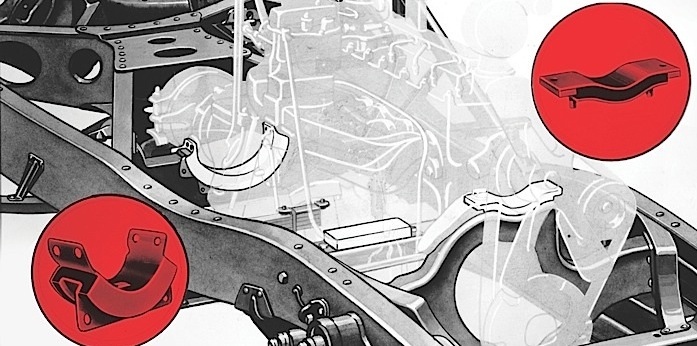Ford F-150 ECOBOOST 3.5L Pattern Failures
With almost 400,000 3.5L EcoBoost engines on the road today, these engines have proven to be a solid power unit. Many of these engines are out of warranty and heading to your shop. Here are the top failures and what to look for.
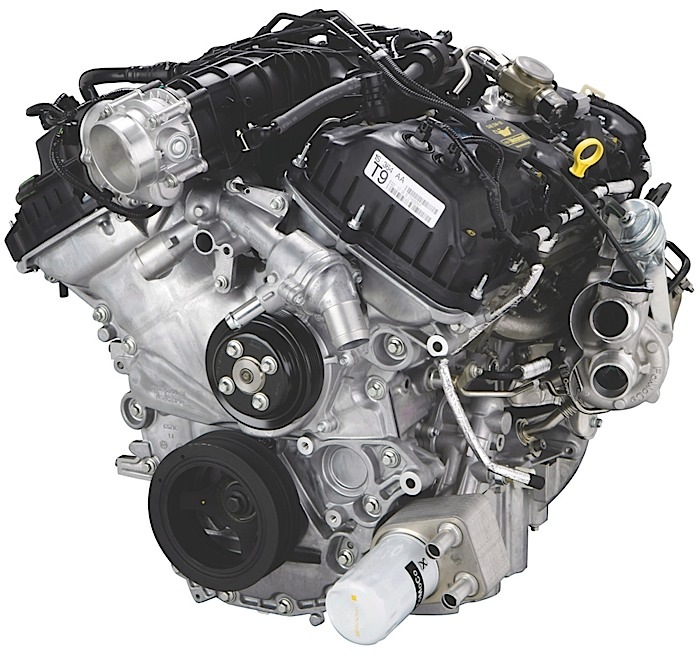
Finding Failing O2 Sensors
Oxygen sensors are some of the most often replaced sensors. Inputs from the O2 sensors are used by the engine management system to adjust the fuel mixture. This is critical for maintaining low emissions and good fuel economy. If an O2 sensor gets “lazy” because of old age or contamination, the computer may not be able to adjust the fuel mixture quickly enough as the engine’s operating conditions change. O2 sensors that are failing tend to read lean, which causes the fuel system to run overly rich to compensate. The result is increased emissions and fuel consumption.
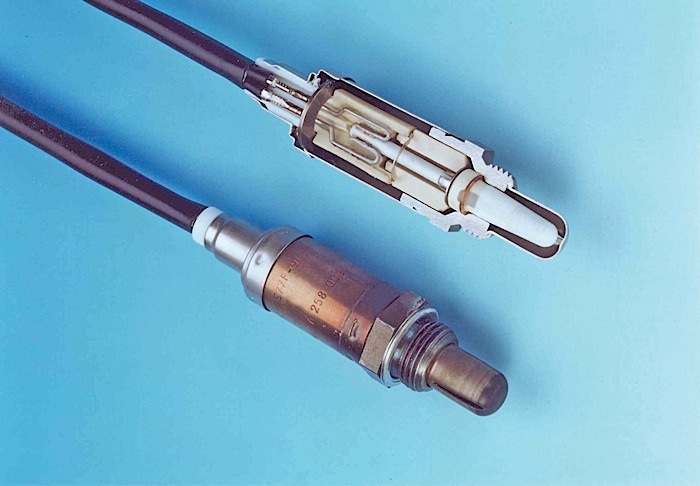
Serial Data Bus Diagnostics
Serial data buses help eliminate multiple sensors and wiring. One sensor can share information with multiple modules without having to connect directly to the multiple modules. Serial data buses may seem like a daunting concept to some technicians, but understanding them is now a required skill to work on most modern vehicles.
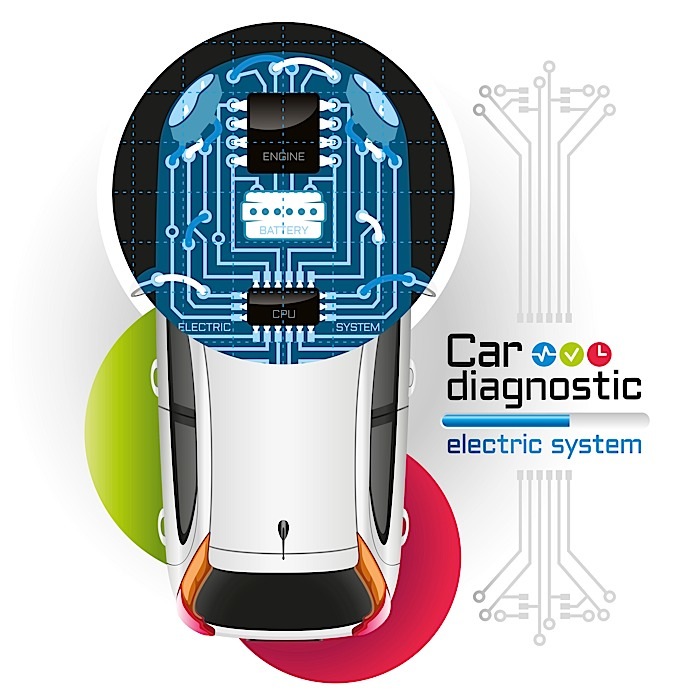
Window Washer Fluid Issues On BMWs
The window washer fluid mixture ratio is regulated by the U.S. EPA and many individual states; do not exceed the allowable window washer fluid “dilution/ratio limits” that apply. Follow the usage instructions on the window washer fluid container.

Ignition System: MIL On, Ignition Coil DTCs Set
Some 2006 Zephyr; 2006-2008 Fusion and Milan; 2007-2008 MKZ, Edge and MKX; and 2008 Taurus, Taurus X and Sable vehicles built on or before March 1, 2008 and equipped with a 3.0L or 3.5L engine may exhibit a malfunction indicator lamp (MIL) on.
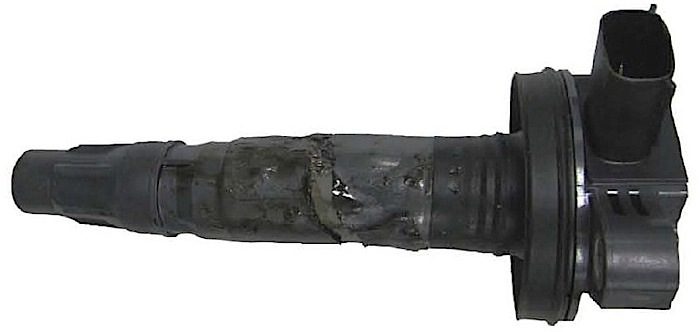
EVAP Leak Diagnostics
On its own, any leak detection device can be a powerful tool to detect leaks. In the wrong hands, using these can lead to comebacks and parts being replaced needlessly. But, when one of these devices is paired with service information, training and most importantly a scan tool, it can lead to a more profitable and productive diagnostic process.
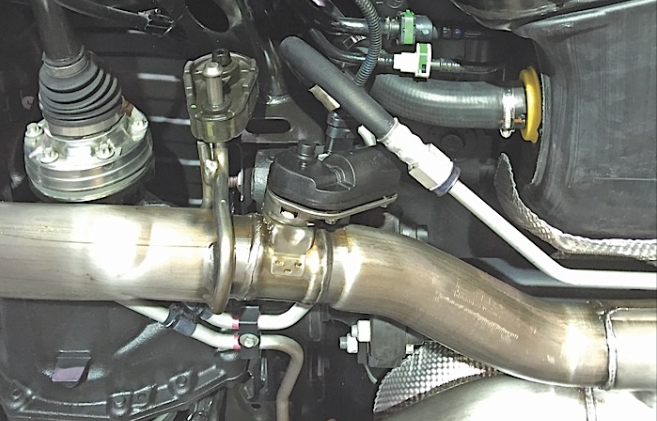
Fuel Tank Installation: Avoiding The Second Drop
Nothing is worse than a comeback after a fuel tank has been dropped. Discovering that the fuel tank needs to be dropped again to address a problem can kill shop productivity and profitability. Below are tips that can help you avoid comebacks and dropping the fuel tank for a second time.
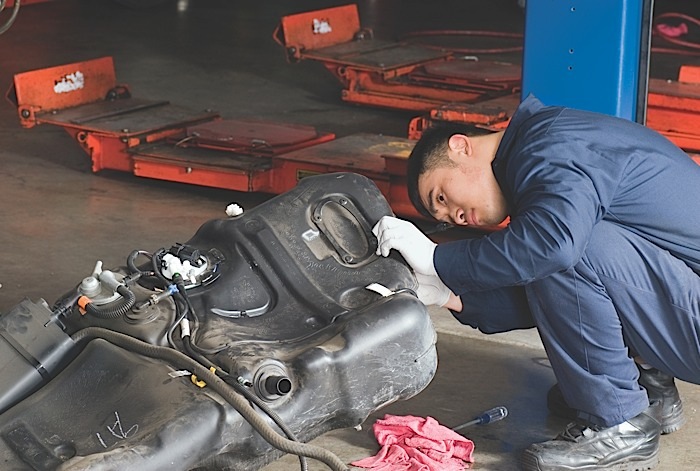
Weber Carburetors: Nomanclature
From 1950 until the late 1970s, Weber carburetors were the sign of a performance engine. They could make an engine breathe, or, in the wrong hands, make an engine choke on it’s own fuel. A Weber carburetor is a simple device with fewer moving parts than an American-style four-barrel carburetor, but it is a lot
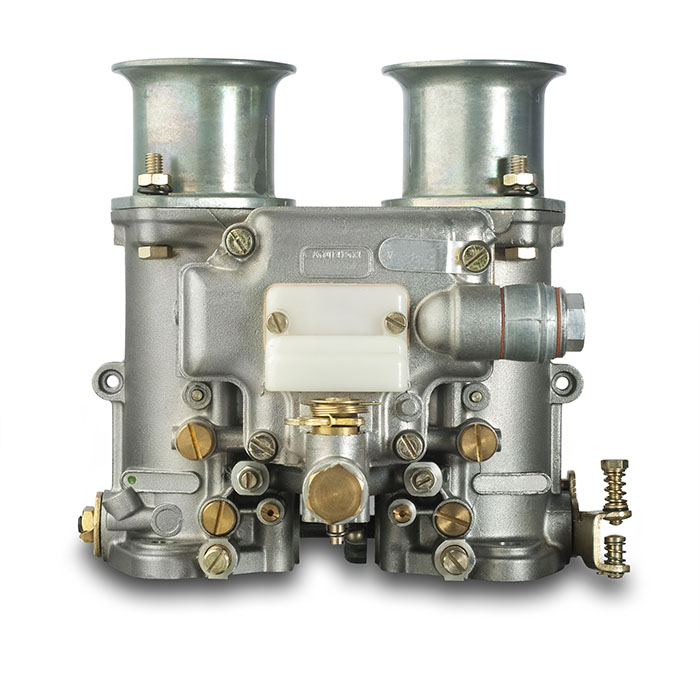
Danger, Will Robinson! Intermittent Loss Of Power
This month’s Diagnostic Dilemma turns the page back to September 10, 2015 when I got a phone call from a local undercar shop inquiring if I had the tools to check the ECM connector pin fit on a 2012 Chevrolet Impala with the flex-fuel, 3.6L gasoline direct fuel injection engine. In response to an intermittent loss of power complaint, the shop had found a technical service bulletin (TSB) indicating that loose PCM connections can cause a loss of fuel pressure on the GDI engine’s high-pressure fuel rail and set codes P00C6 and P228C.
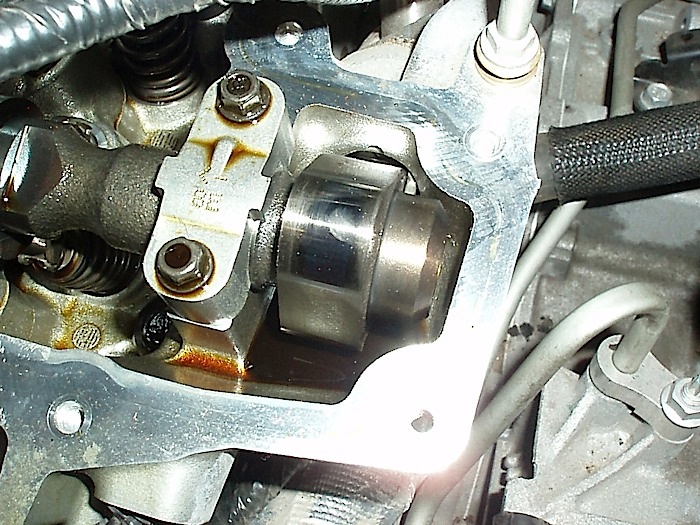
Oil Monitors: Talking To Customers About Life And Reality
With today’s vehicles, different makes and models have stark differences in component design and engineering. Likewise, the driving style between any two drivers on the road can be just as varied as the vehicles they own. So, the question then in the face of these variables is, “Why are most oil change guidelines still so uniform and generic?”
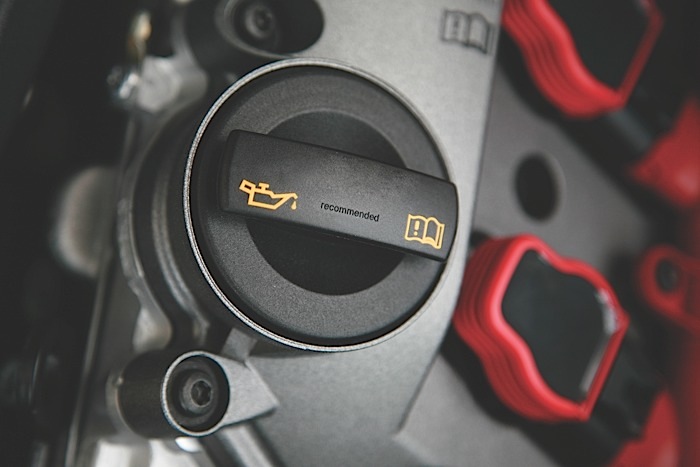
Buick Turbo 3.8 V6 History
Buick started playing with turbochargers in 1976 when it paced the Indianapolis 500 with a Century equipped with a special turbocharged 3.8L V6. The actual pace car needed the boost cranked up to 22 psi to keep pace with the field. It produced 300 hp while the commemorative edition only had a V8 with 165

The First Motor Mounts: 1932 Dodge Floating Power
It’s hard to imagine that most vehicles before WWII had only basic motor mounts that just held the engine and transmission to the frame. With the powerful engineering resources of Chrysler at its disposal, Dodge was able to offer numerous technical innovations on new models in 1932, including Floating Power, an engine mounting system that
